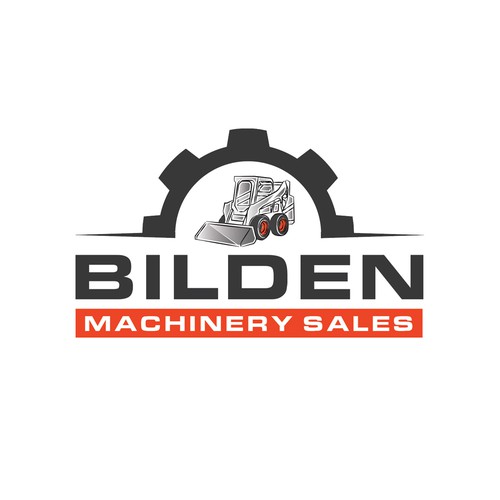A noodle-making machine is designed for the production of various types of noodles, such as egg noodles, rice noodles, and wheat noodles. These machines automate the process of mixing, kneading, rolling, and cutting the dough, making them essential for both small-scale and large-scale noodle production. Here’s an overview of their features and functions:

Key Features
Dough Mixing:
- Machines often start with a mixing chamber where flour and water (and sometimes eggs) are combined to form a dough.
- Some models include built-in mixers for consistent results.
Kneading:
- The dough is kneaded to develop gluten, which gives noodles their desired texture. This can be done mechanically or manually, depending on the machine’s design.
Rolling and Flattening:
- The dough is rolled out into thin sheets using rollers. The thickness can usually be adjusted to produce different types of noodles.
Cutting:
- Once rolled, the dough sheets are cut into noodles of various widths and lengths, which can be customized based on the type of noodle being produced.
Drying (optional):
- Some machines have a drying function to dehydrate the noodles, extending their shelf life.
Applications
- Food Industry: Widely used in restaurants, noodle shops, and food processing plants to produce fresh or dried noodles.
- Home Use: Smaller models are available for home chefs who want to make fresh noodles.
Advantages
- Efficiency: Significantly speeds up the noodle production process compared to manual methods.
- Consistency: Ensures uniformity in noodle size and texture, which is important for cooking quality.
- Versatility: Many machines can produce different types of noodles by simply changing settings or attachments.
Maintenance
Regular maintenance is crucial for optimal performance and longevity, which may include:
- Cleaning the machine after each use to prevent dough buildup.
- Lubricating moving parts to ensure smooth operation.
- Inspecting and replacing worn-out blades and rollers.





